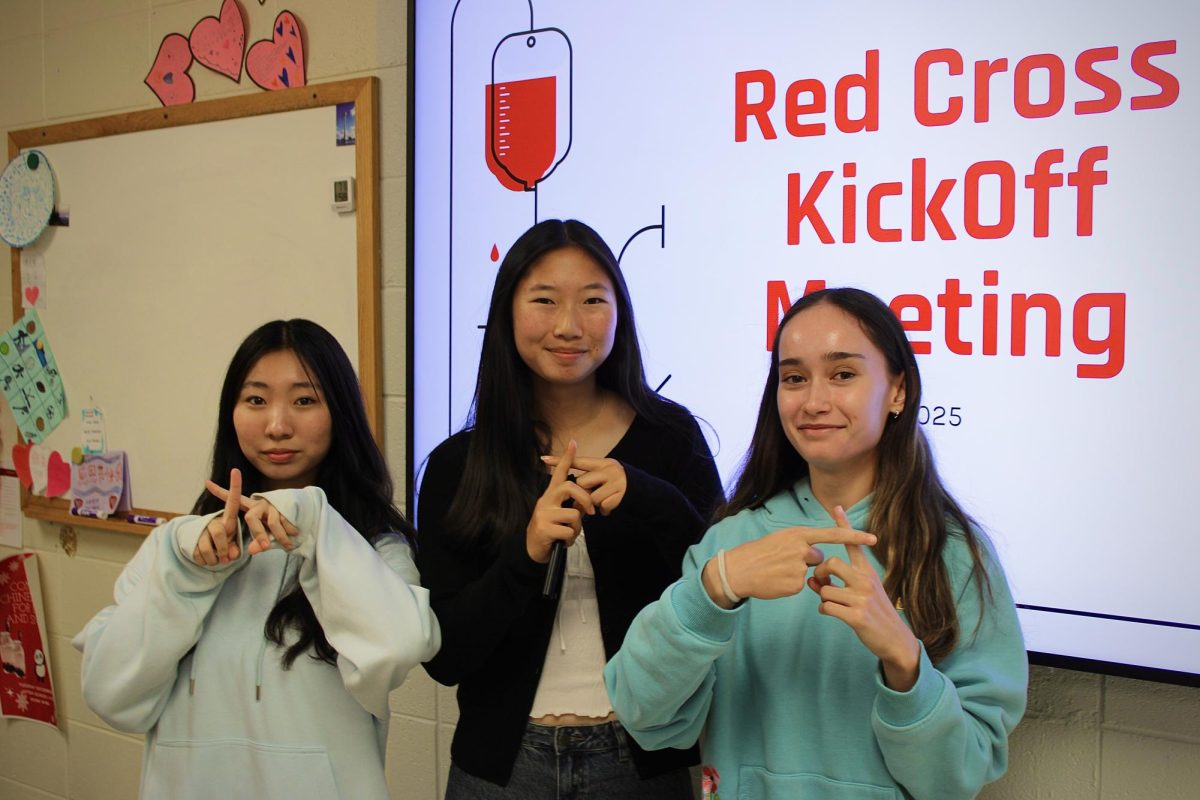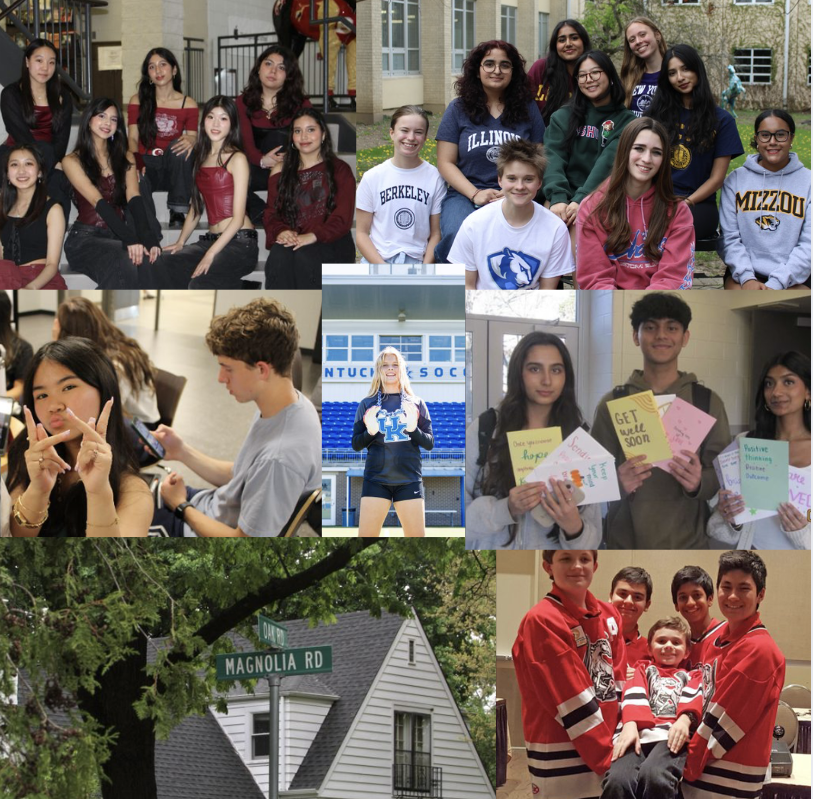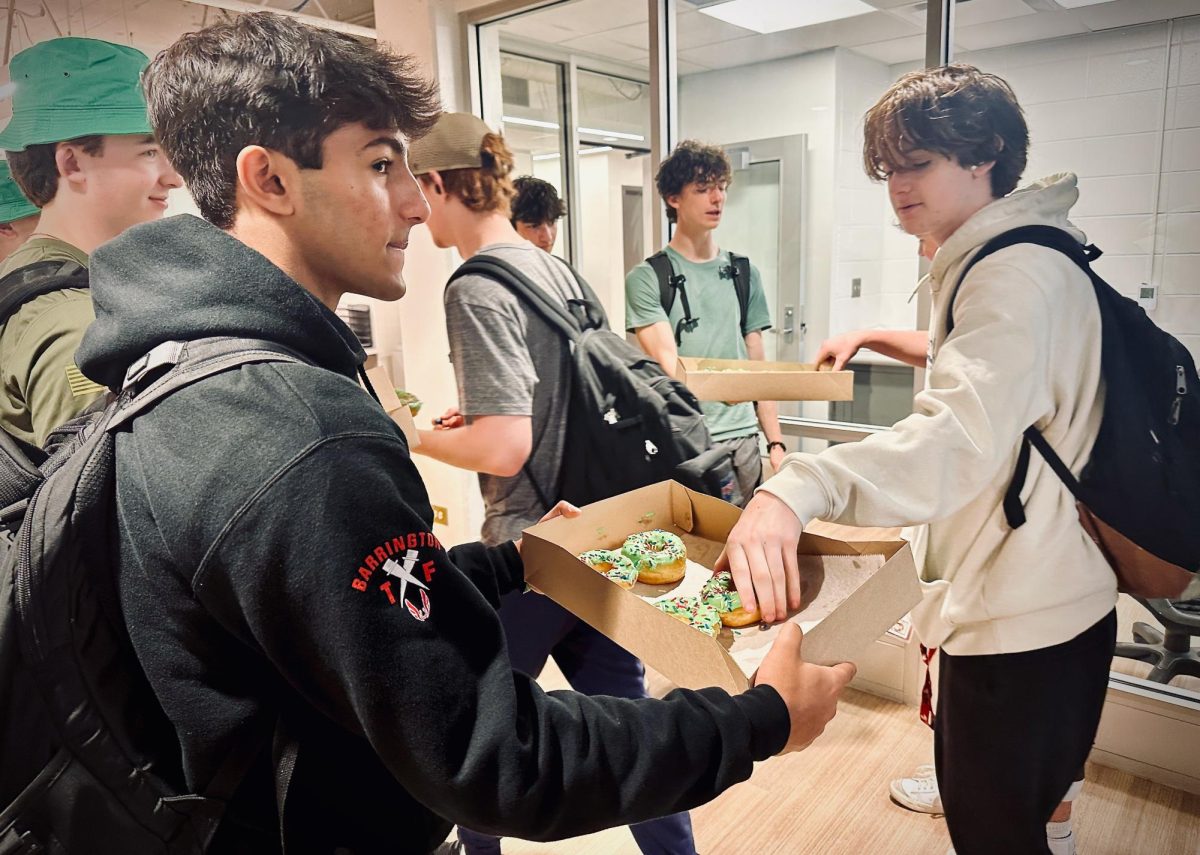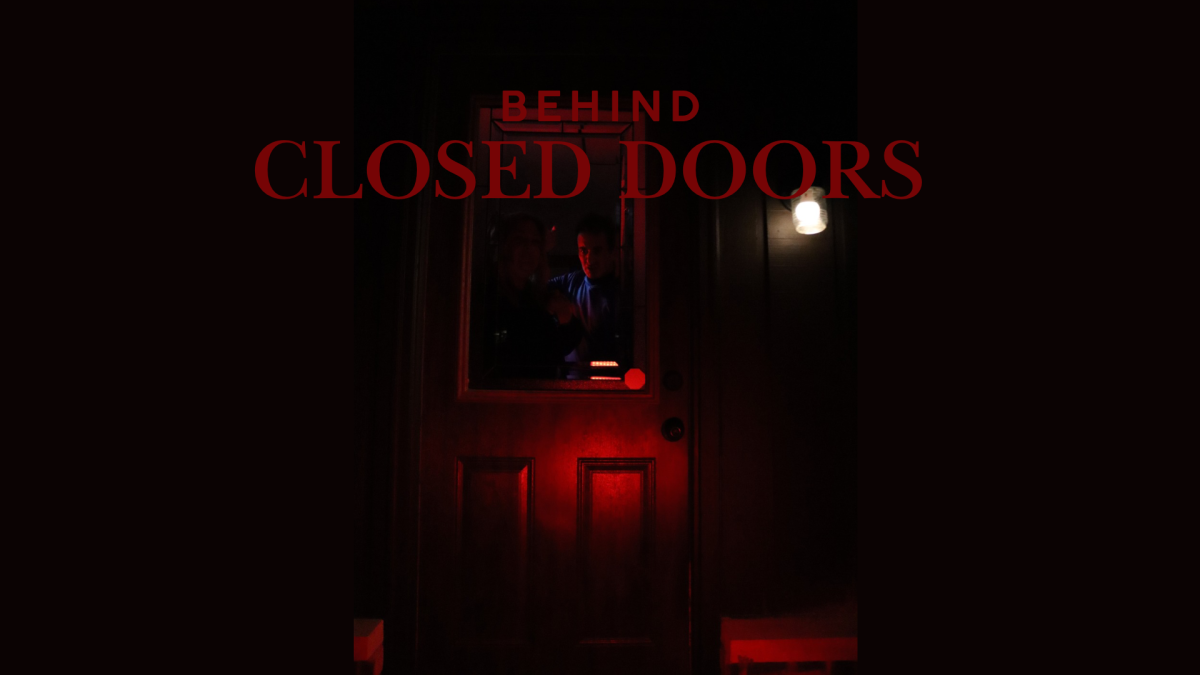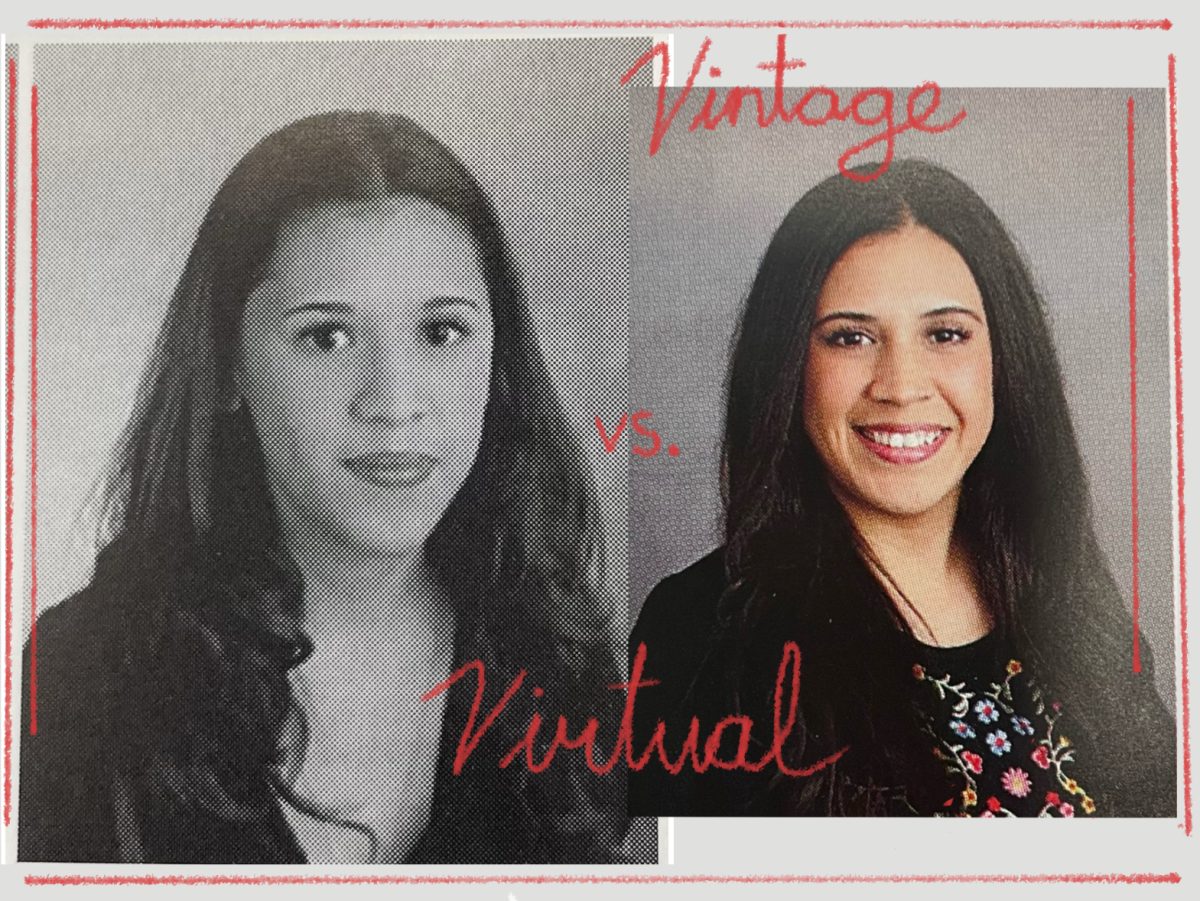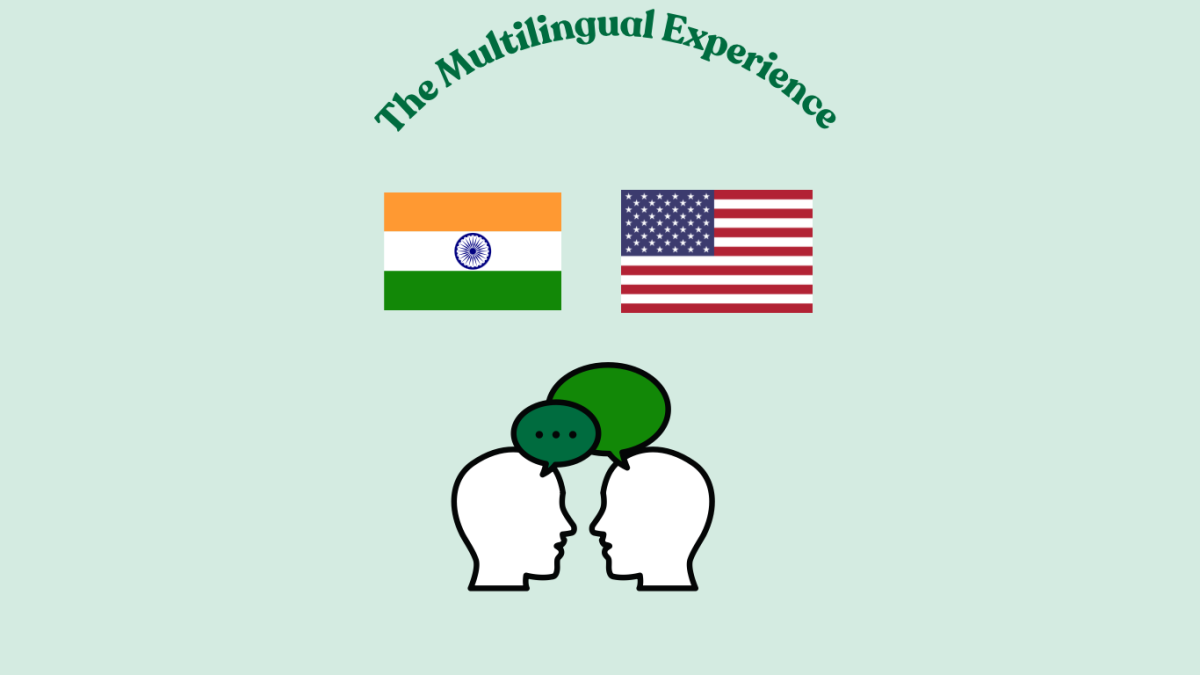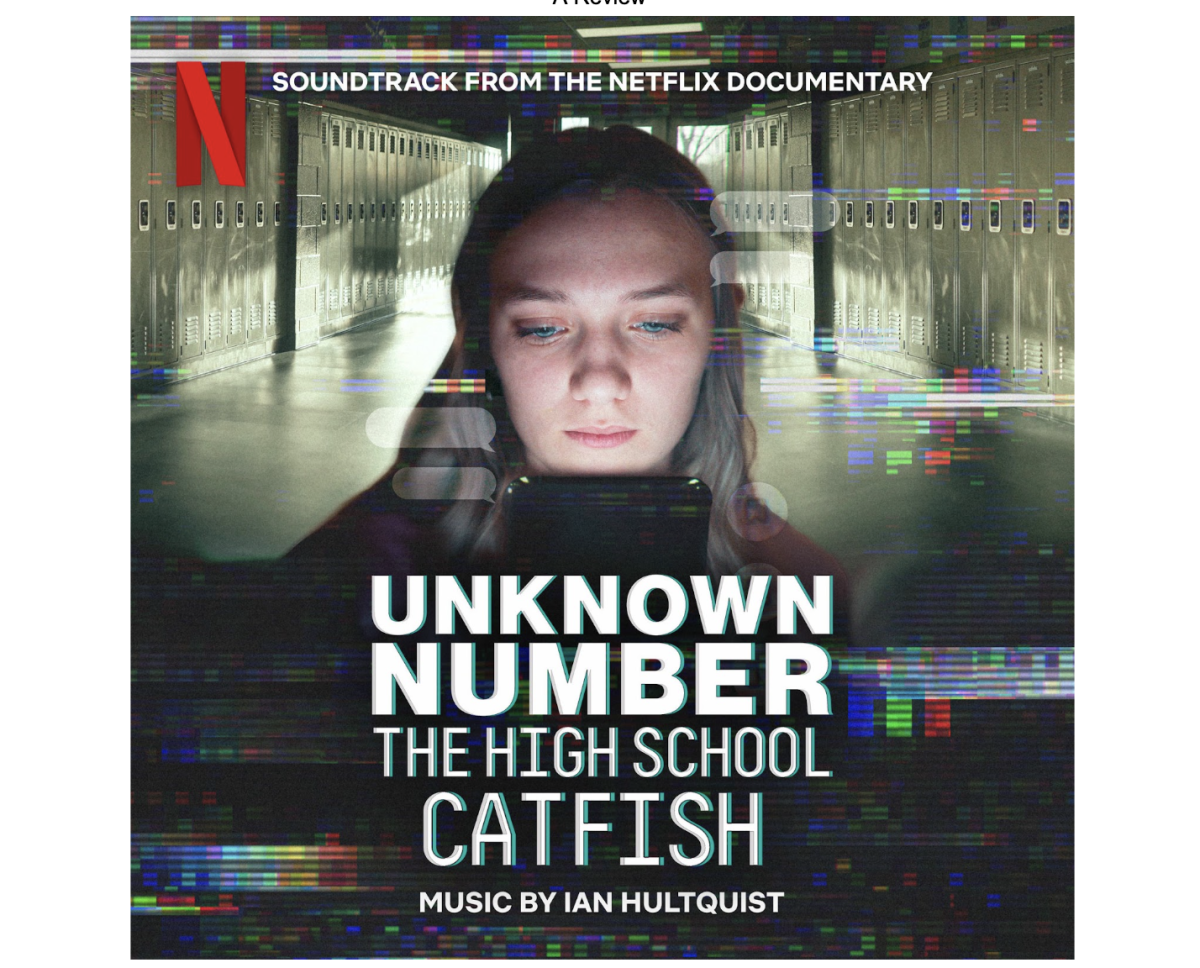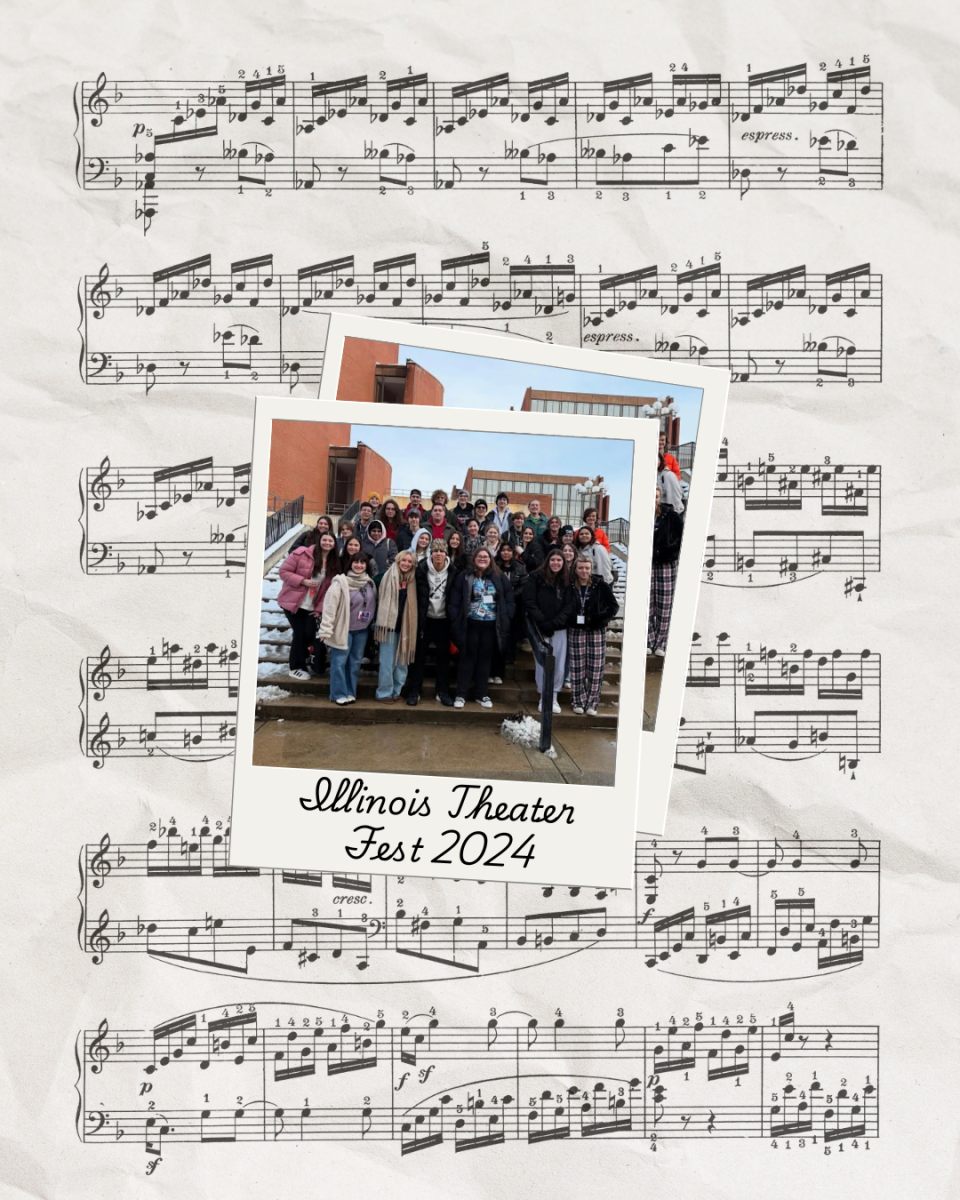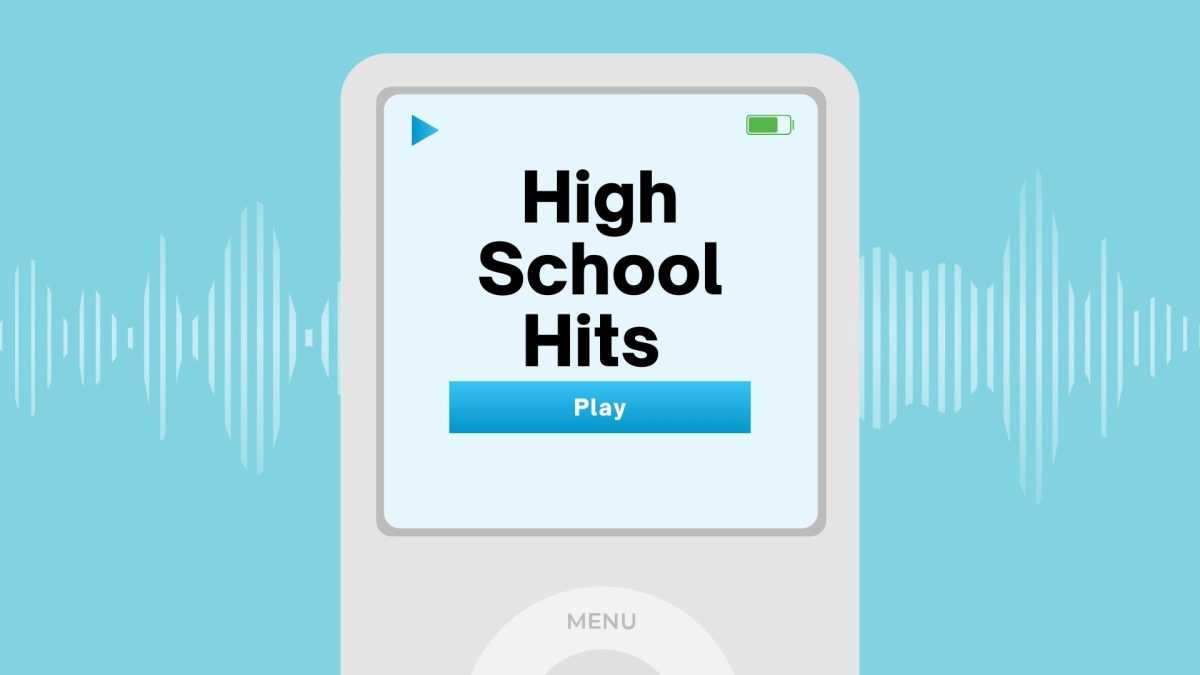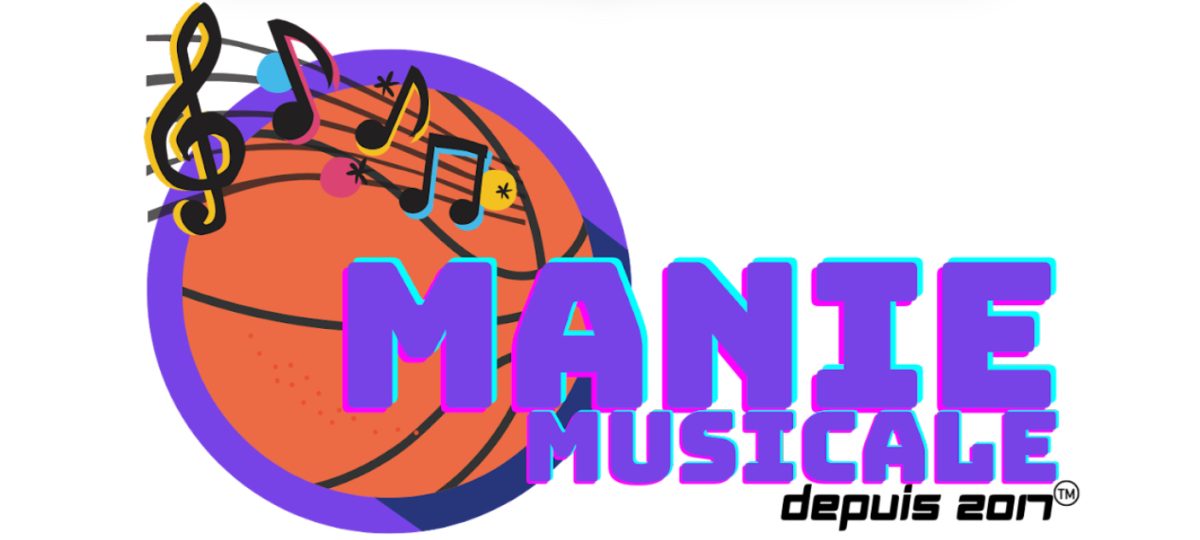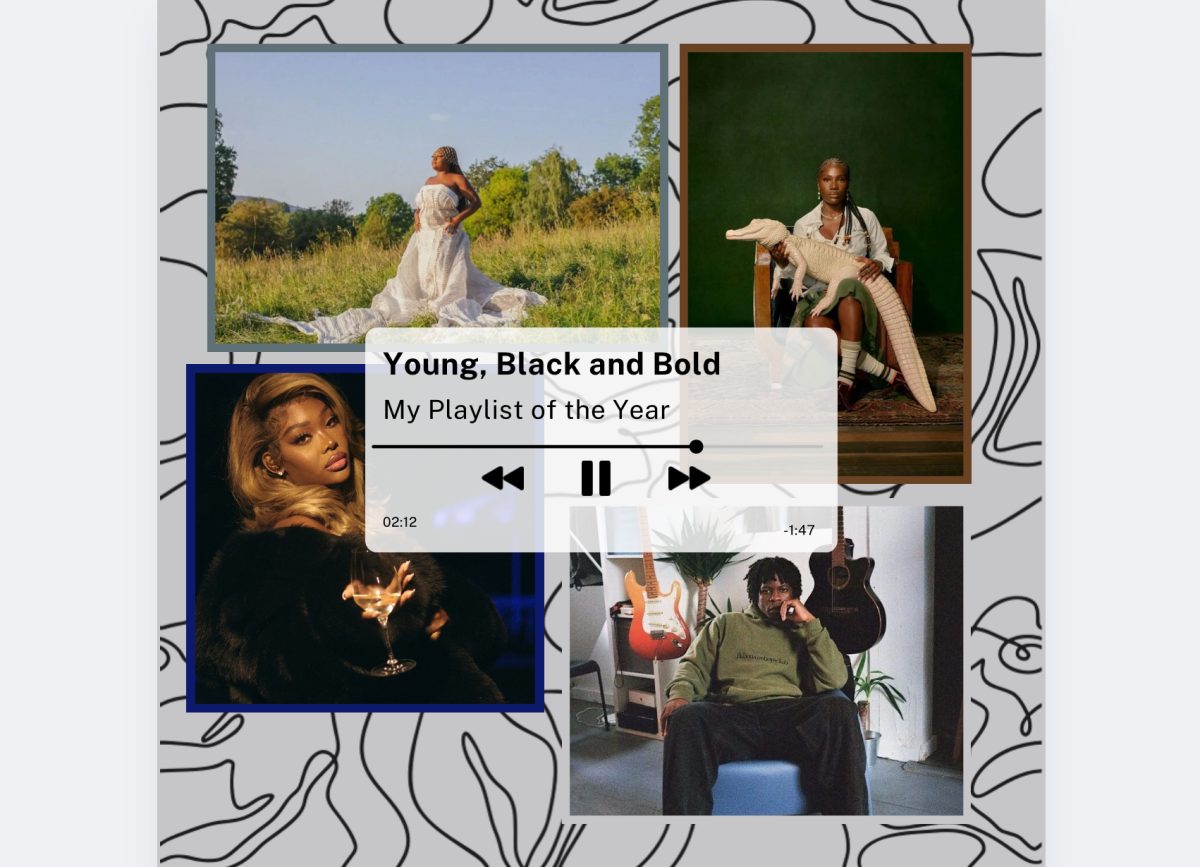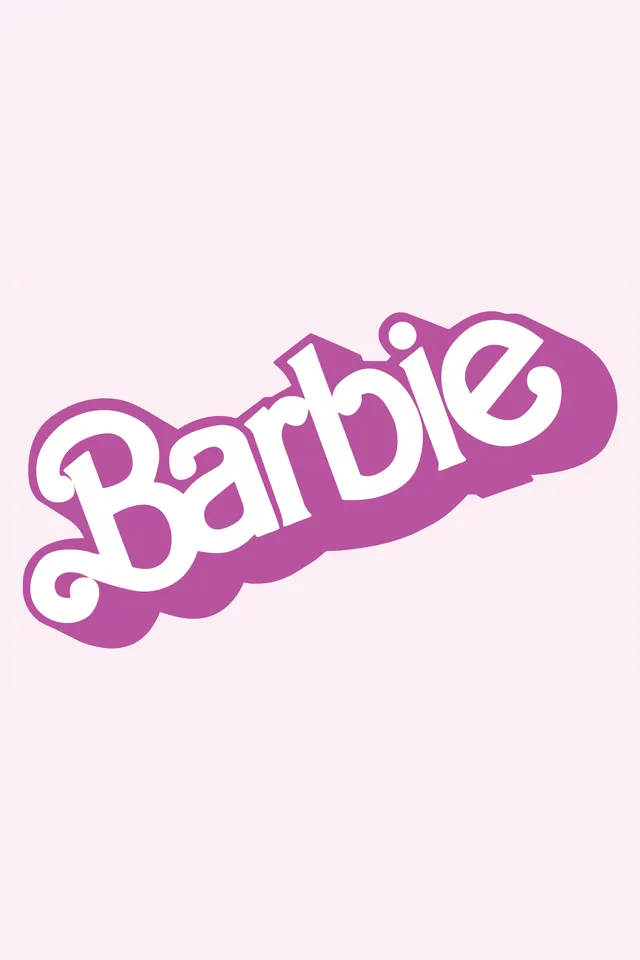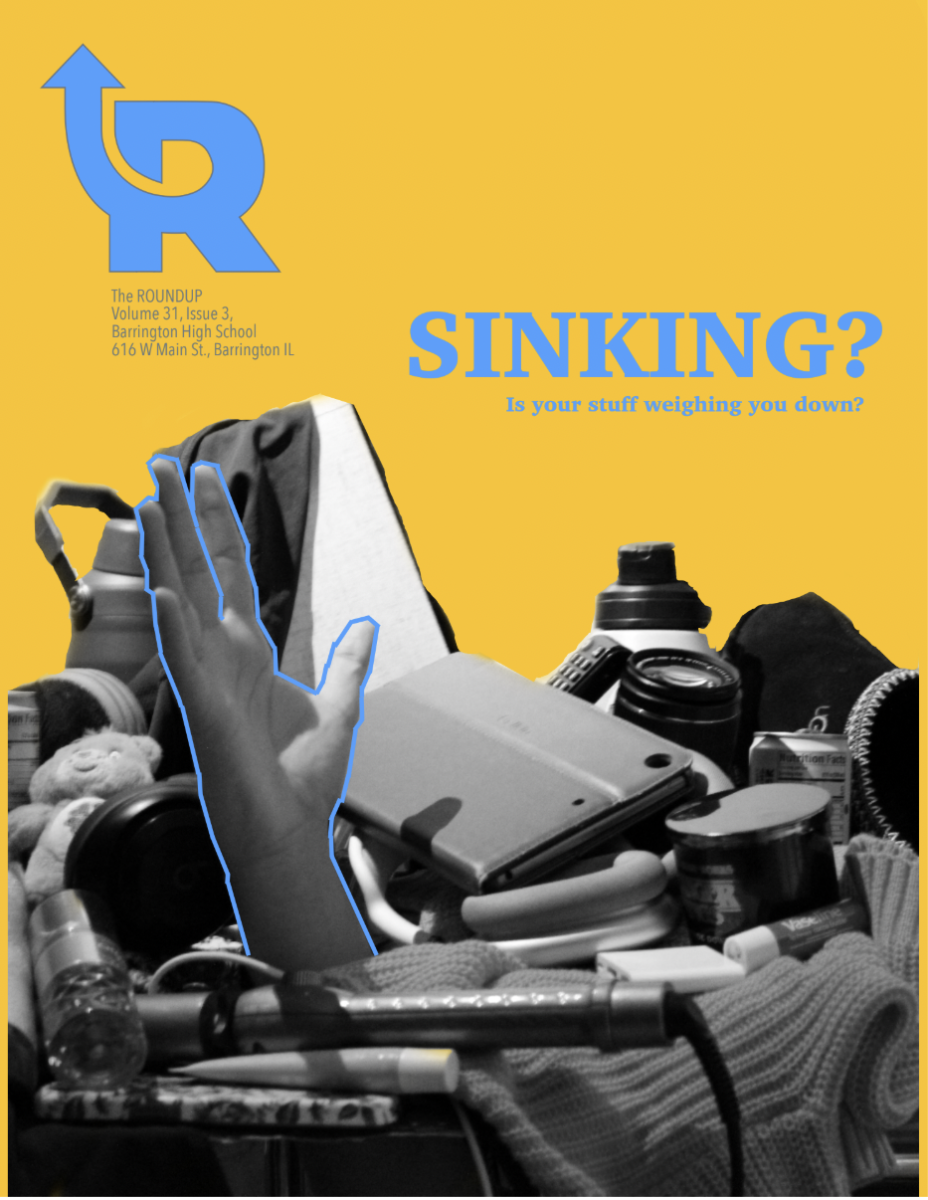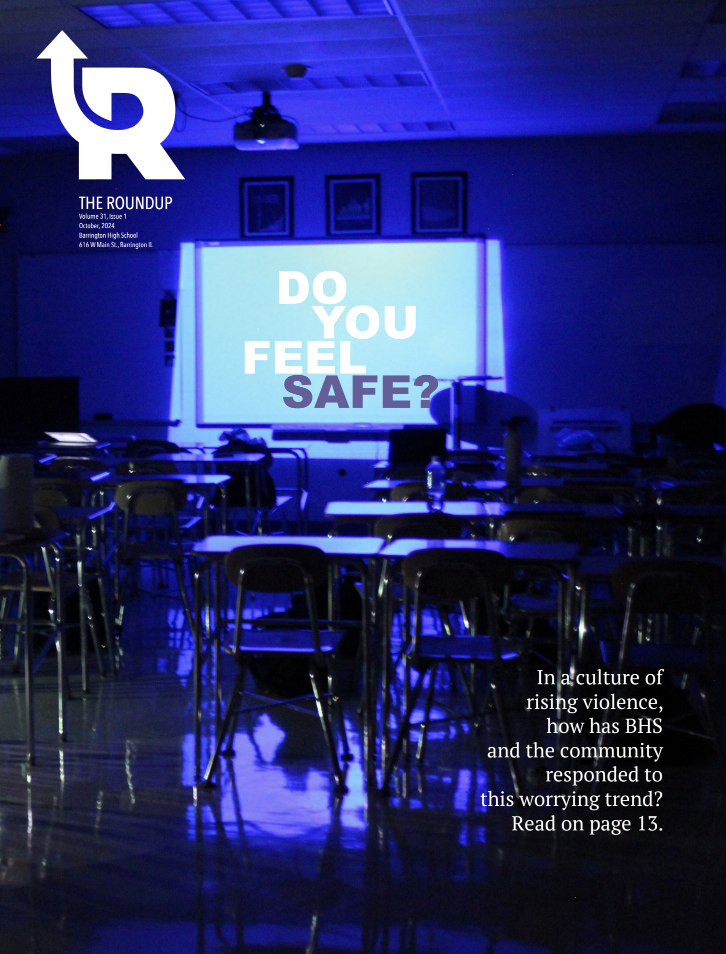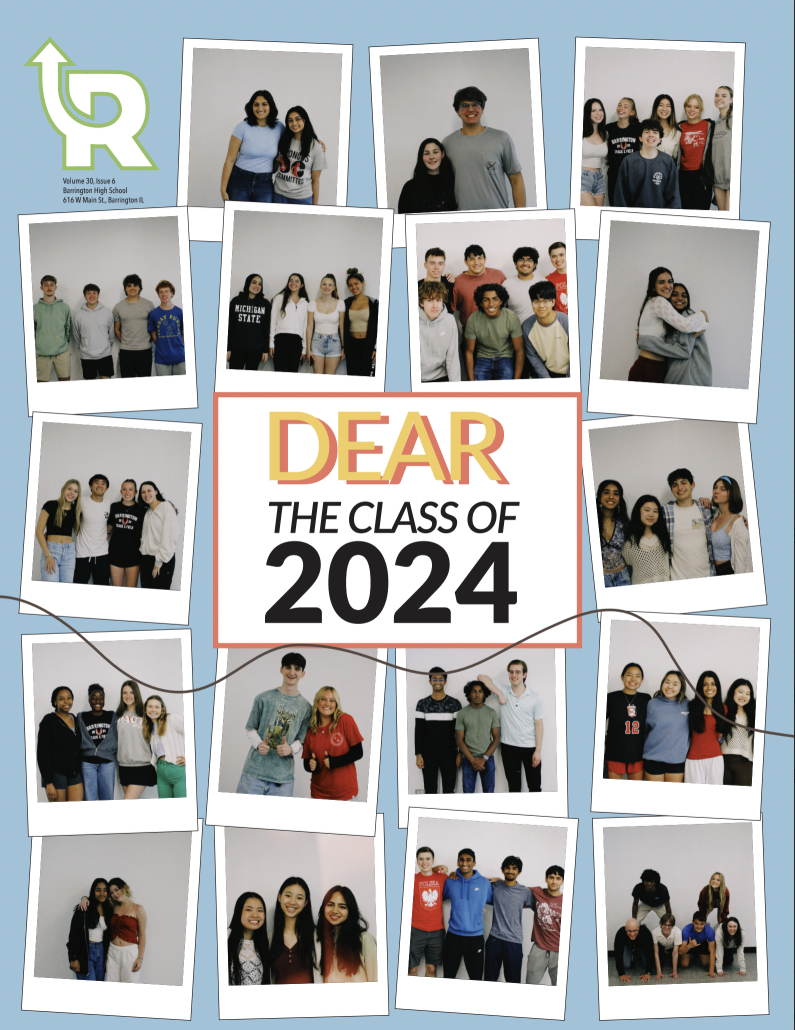e-learning: a wrong turn in education
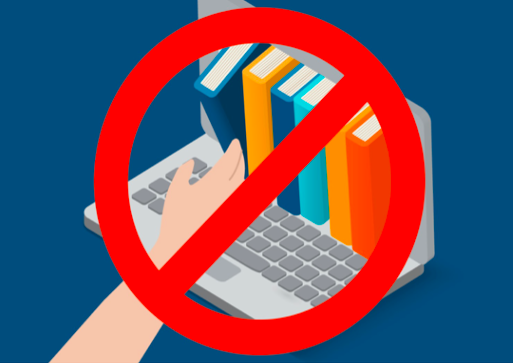
It is all anyone ever talks about: the coronavirus pandemic. COVID-19 put a halt to the entire world, which is a great problem because society only thrives when the world moves.
Countries and their governments try to keep the world moving by changing the economy and laws, hoping to jump over the hurdle the virus placed upon them while keeping everyone inside and safe. One of the most important but hardest aspects that the government needed to address is education.
Because of the circumstances of isolation, doing online school, or what some schools call E-learning, became the best and most efficient way for students to continue to learn, hopefully to their full capacity.
But without face-to-face interaction from teachers and peers, E-learning can be quite difficult for students to learn and achieve their full potential.
For starters, E-learning takes away students’ motivation and attention they had when they were in school. As a result of having the comfort of staying home, students’ subconscious mind correlates their staying-at-home situation with relaxation.
Before the pandemic, when students physically went to school, they would come home with the intention to relax and unwind after a long day. With this new change to work from home, students engage their “relaxation mode” and don’t take their work seriously, leading to procrastination.
Many students from Barrington High claim that they “are less motivated” to complete their work and “lose focus” easily, especially with social media like Tiktok, Snapchat, Instagram, and more in close reach. E-learning provides one with the luxury of staying home while working, and home isn’t necessarily a learning environment.
Along with the loss of motivation and focus due to lack of supervision and face-to-face interaction, E-learning could be quite difficult to follow and learn from. Let’s face it, E-learning only hands out students’ assignments and tests, students get graded on their completion (and maybe quality) of their work and that’s all.
This takes away the whole point of constructive learning. Students look at E-learning as just a thing to get over with for their grades, which can slow the actual efficient learning process they need. In addition, without one-on-one physical interactions with teachers, students may have trouble understanding the material because only so much information could be put on the different resources and assignments.
So, adding to the actual effectiveness of E-learning, one might have trouble learning without physical learning experiences.
Finally, E-learning takes away the pleasure of mingling in school. Human interaction is one of the most principal aspects of achieving and moving forward in life. Without seeing friends and peers, life becomes more narrow and depressing.
Studies show that without human contact and connection, the risk of depression dramatically increases. The truth is, one could exist without human interaction but they cannot live. Humans are social animals.
With school, students put their social skills, like manners and empathy, to the test whenever they talk to a teacher or classmate.
Apart from the disadvantages and difficulties of E-learning listed above, there are many more such as the presence of technological problems and curriculum changes.
All in all, E-learning is a moderate way to continue to educate students during these specific circumstances, but should not be eligible for a future plan of next-level education.
Your donation will support the student journalists at Barrington High School! Your contribution will allow us to produce our publication and cover our annual website hosting costs.

